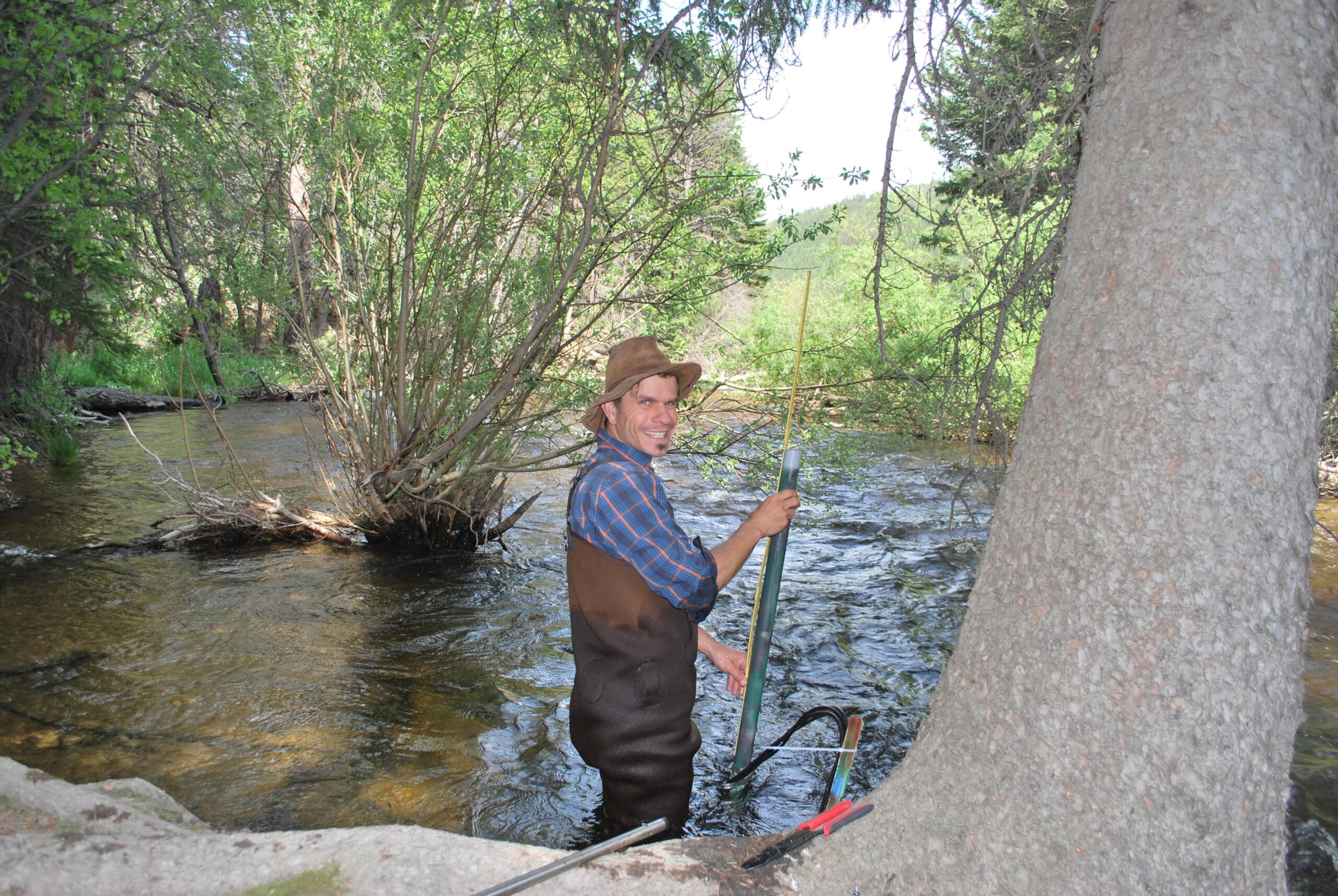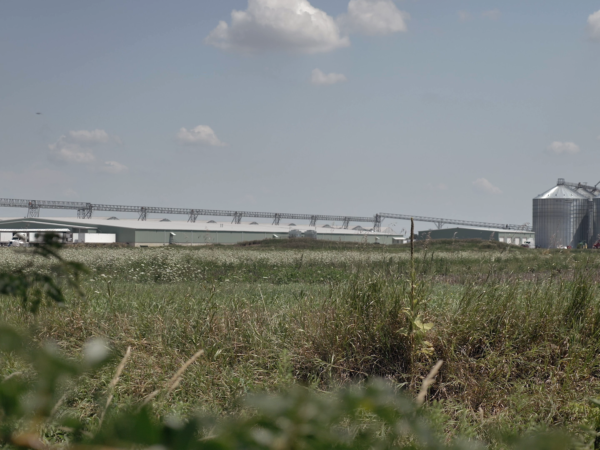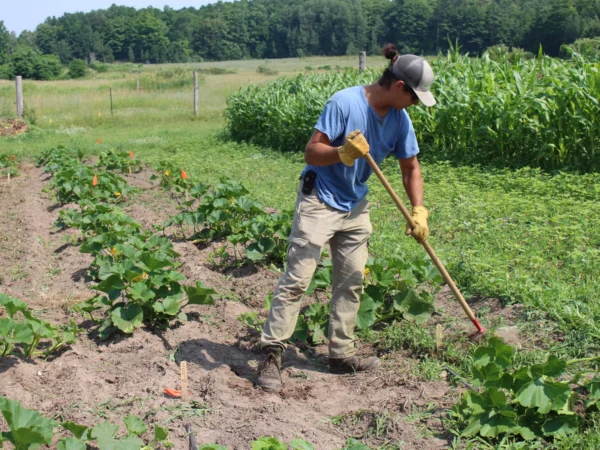
A classic definition of “environmental restoration” talks about reclaiming habitat and restoring land and waters that plants and animals depend on.
What’s missing from that long-standing approach? Humans. People who may live near toxic waters directly benefit when they’re cleaned up. People who fish the Detroit River for subsistence, for example.
That narrow view has been used since the restoration of the Great Lakes became a federal priority in 2010, according to environmental social scientist Matthew Jurjonas.
The push to remediate the harm to the Great Lakes from the peak industrial era has resulted in over $3 billion invested in thousands of projects. They include cleaning up toxic sites, habitat restoration, restoring wetlands, and more, and there’s additional funding in the pipeline.
But as Jurjonas has dug deep into the federal program, officially the Great Lakes Restoration Initiative (GLRI), he found that some project managers were paying attention to human well-being even though it doesn’t have official status.
In a study released in December, Jurjonas, as lead author, and colleagues at The Nature Conservancy and the Cooperative Institute for Great Lakes Research documented the informal shift in priorities by restoration project managers to include human well-being.
Bringing people together
In a recent Great Lakes Now interview, Jurjonas broadly described human well-being as “life expectancy, education level and community cohesion within a space that brings people together.”
However, a barrier limits the expansion of human well-being considerations in future work. If a project manager receives a grant to perform only ecological restoration, that will be the emphasis and define success in a project report, Jurjonas said.
He added, “There’s research that the public broadly cares more about the benefits of a project that apply to them specifically, as opposed to an animal or water quality issue. They want to know if it will create a job or improve recreation opportunities.”
Documenting and demonstrating to the public that this is what Great Lakes restoration did for individuals specifically would be a strong case for continued support of restoration programs, according to Jurjonas.
Jurjonas said since his study documented that project managers are interested in human well-being, it’s up to the U.S. EPA leadership to decide whether or not to measure it.
The GLRI program is managed by the EPA’s Great Lakes office in Chicago.
The agency is in the late stages of developing its fourth iteration of GLRI, known as Action Plan IV. In announcing public engagement sessions seeking input on the plan, EPA said it was looking for ways to better incorporate environmental justice into the plan.
EPA spokesperson Macy Pressley did not comment on human well-being in response to a Great Lakes Now inquiry. She said the agency “is currently reviewing public comments and working on a draft to be shared for public input in the coming months.”
Realistic expectations
While Jurjonas is hopeful for consideration of human well-being factors, he’s a realist.
He said social science has historically struggled at government agencies with action on environmental justice, for example, taking multiple decades before big institutions started to incorporate the concept into their funding mechanisms.
He points out that the EPA Great Lakes office has social science positions and said that if more are funded, “there will be more opportunities for success with new ideas like human well-being.”
The human well-being study isn’t Jurjonas’ first deep dive into GLRI. In 2022, Jurjonas and a team of researchers were critical of the restoration program for its lack of transparency. Specifically, project manager reports were used to define success, and the database lacked monitoring data, allowing third-party reviews that could evaluate projects objectively.
At the time, EPA said it stood by its implementation of GLRI and would continue to welcome feedback from stakeholders, including academia.
In the current report, Jurjonas examined 5,335 project records listed in the GLRI database as of July 2021. However, through a filtering process to eliminate projects on the list that did not do actual restoration, remediation, or protection action, we ended up with 1,574 projects to sample.
Filtered out were research and assessments, monitoring efforts, educational programs, planning processes, and development and capacity building, according to Jurjonas: “I really only wanted projects that enacted some environmental treatment on the ground.”
The EPA’s Great Lakes office did not respond to a request to comment on the gap between the number of projects in its database and the number that did actual on-the-ground work.
More awareness
Great Lakes Now asked Jurjonas what he would like to see in a follow-up study in three years.
“I would hope to see language about human well-being in grant applications for GLRI funding, and the data and opinions of project managers reflected in the public-facing database,” said Jurjonas. “That would be a big accomplishment.”
Jurjonas closed the interview with a broad, philosophical comment on the Great Lakes region.
The Rust Belt’s post-industrial landscape has a lot of issues, including the many unremediated toxic sites known as “areas of concern” plus Superfund and Brownfield sites, he said. And there’s been a “low awareness” of the vast amount of work on those issues that has taken place.
“I’d be happy if more of the public knew just how much effort is going into making the Great Lakes region more livable,” said Jurjonas.
Catch more news at Great Lakes Now:
Great Lakes policy advocate calls out Illinois for intransigence on invasive carp solution
Featured image: Matthew Jurjonas (Photo courtesy of Alex Brooks via Matthew Jurjonas)




